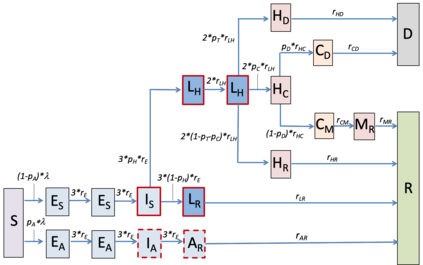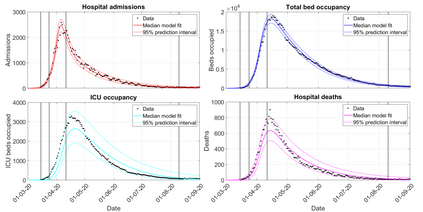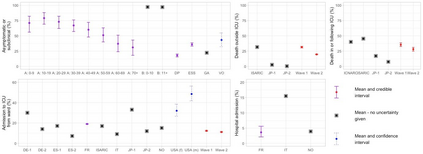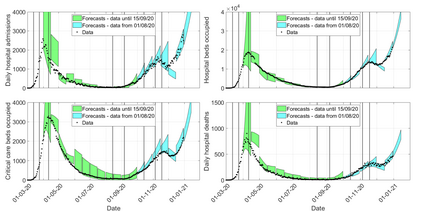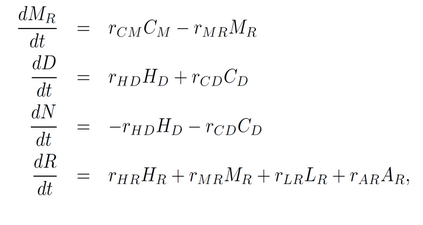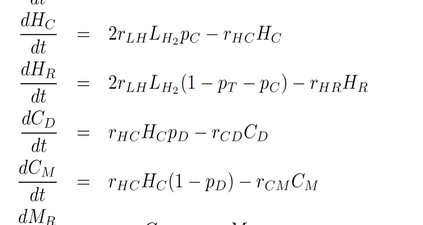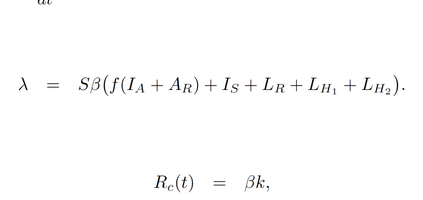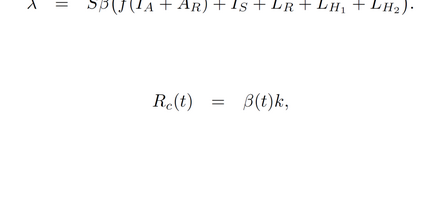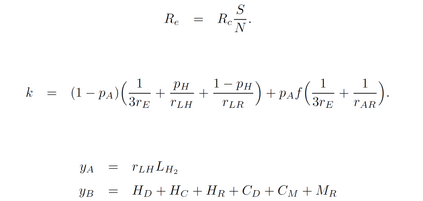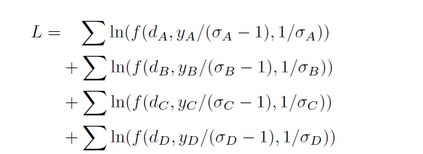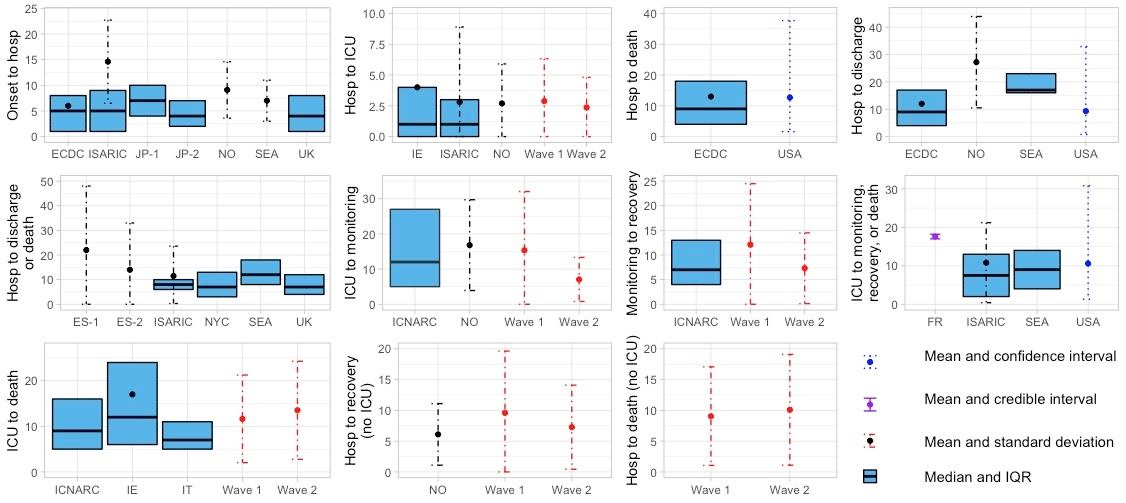The first year of the COVID-19 pandemic put considerable strain on the national healthcare system in England. In order to predict the effect of the local epidemic on hospital capacity in England, we used a variety of data streams to inform the construction and parameterisation of a hospital progression model, which was coupled to a model of the generalised epidemic. We named this model EpiBeds. Data from a partially complete patient-pathway line-list was used to provide initial estimates of the mean duration that individuals spend in the different hospital compartments. We then fitted EpiBeds using complete data on hospital occupancy and hospital deaths, enabling estimation of the proportion of individuals that follow different clinical pathways, and the reproduction number of the generalised epidemic. The construction of EpiBeds makes it straightforward to adapt to different patient pathways and settings beyond England. As part of the UK response to the pandemic, EpiBeds has provided weekly forecasts to the NHS for hospital bed occupancy and admissions in England, Wales, Scotland, and Northern Ireland.
翻译:COVID-19流行病的第一年对英格兰的国家保健系统造成了相当大的压力。为了预测地方流行病对英格兰医院能力的影响,我们利用各种数据流来为医院进展模式的建造和参数化提供信息,该模式与普遍流行的流行病模式相结合。我们用这个模型命名了EpiBeds。部分完整的病人-病道线列表中的数据用于初步估计个人在不同医院区的平均住院时间。然后,我们利用医院占用率和医院死亡的完整数据来安装EpiBeds,从而能够估计遵循不同临床途径的人的比例和普遍流行流行病的生殖数。EpiBeds的建造使得适应英格兰以外的不同的病人路径和环境变得简单。作为联合王国对流行病的反应的一部分,EpiBeds每周向国家卫生局提供英格兰、威尔士、苏格兰和北爱尔兰的住院人数和住院人数预测。



